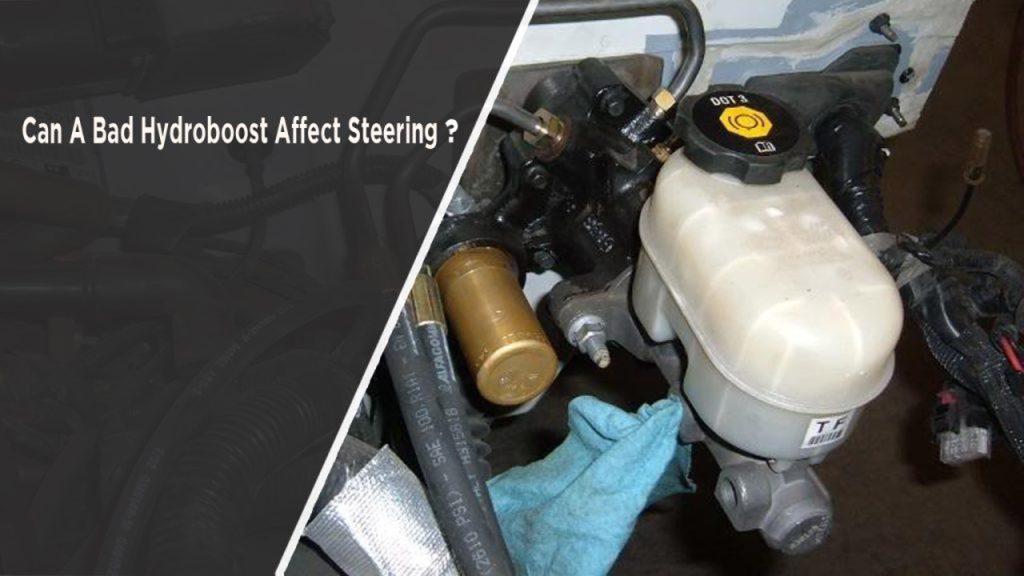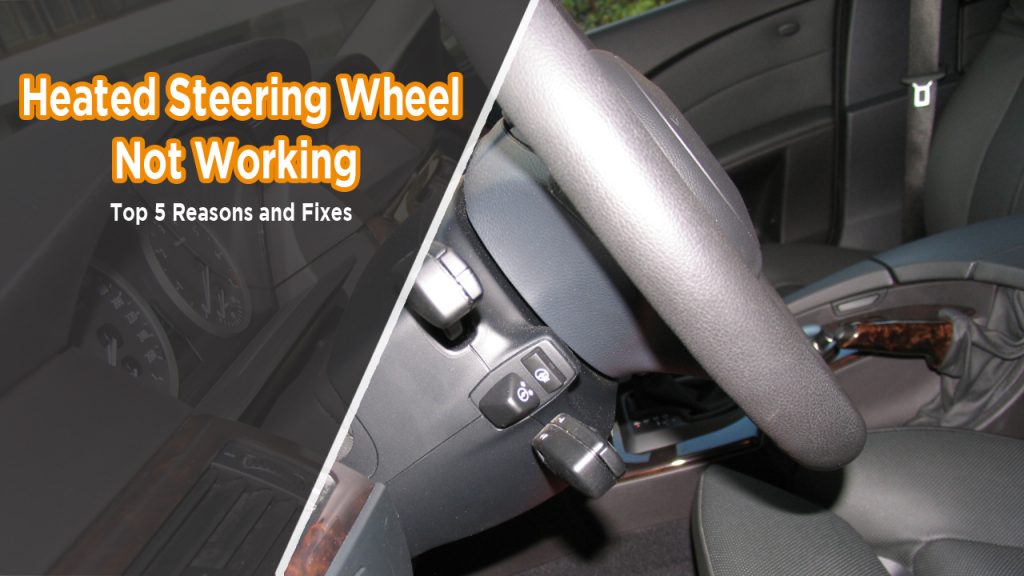If you’ve ever noticed your steering wheel feeling unusually light when turning, you’re not alone. This phenomenon can be alarming, especially if you’re used to a heavier or more stable feel. As someone who’s had their fair share of driving experiences and car maintenance adventures, I can tell you that this sensation often indicates something worth investigating. If it’s a minor issue or a potential safety hazard, understanding why this happens is key to keeping your car in optimal shape.

Image by joemorganhonda
What Does a “Light” Steering Wheel Mean?
A “light” steering wheel refers to a situation where the wheel feels too easy to turn, requiring less effort than usual. While it might sound convenient at first, it can actually reduce your control over the vehicle, especially at higher speeds. The steering system in modern cars is designed to offer a balanced feel—light enough for comfort but firm enough to ensure safety.
If your steering wheel starts feeling unusually light, it’s a sign that something might not be functioning correctly. This could range from issues with the power steering system to problems with tire pressure or suspension.
Common Causes of a Light Steering Wheel
Low Power Steering Fluid
One of the most common causes of a light steering wheel is low power steering fluid. This fluid is essential for the proper functioning of your power steering system, which makes it easier to turn the wheel.
- How it Happens: Over time, the fluid can leak due to worn-out seals, hoses, or connections.
- Symptoms: Along with light steering, you might notice a whining noise when turning the wheel.
Power Steering System Malfunctions
If the power steering pump or motor isn’t working as it should, the steering can feel off.
- How it Happens: Faulty components, such as a failing pump, worn-out belts, or electrical issues, can compromise the system.
- Symptoms: Erratic steering behavior or difficulty steering at lower speeds.
Incorrect Tire Pressure
Believe it or not, your tire pressure can significantly affect how your steering feels.
- How it Happens: If your front tires are overinflated, they reduce the resistance you feel when steering.
- Symptoms: Light steering coupled with uneven tire wear.
Alignment Issues
Poor wheel alignment can also lead to a lighter-than-normal steering feel.
- How it Happens: Misaligned wheels can shift the balance of forces acting on the steering system.
- Symptoms: Light steering, uneven tire wear, and the car pulling to one side.
Worn Suspension Components
Your car’s suspension plays a significant role in how the steering feels.
- How it Happens: Components like ball joints, tie rods, or bushings can wear out, affecting steering feedback.
- Symptoms: Light steering along with clunking noises or a bumpy ride.
How to Diagnose the Problem
If you’re experiencing light steering, here’s how you can narrow down the issue:
| Check | What to Look For |
|---|---|
| Power Steering Fluid | Low levels, discoloration, or visible leaks under the car. |
| Tire Pressure | Uneven or overinflated tires. |
| Alignment | Car pulling to one side or uneven tire wear. |
| Suspension | Visible wear on components or unusual noises when driving over bumps. |
Steps to Fix a Light Steering Wheel
Check and Refill Power Steering Fluid
Start by inspecting the power steering fluid. If it’s low, refill it to the recommended level. Use the type specified in your car’s manual.
Inspect the Power Steering System
If the fluid is fine but the problem persists, have a mechanic inspect the pump, belts, and other components of the power steering system. Replacing faulty parts can restore normal steering feel.
Adjust Tire Pressure
Use a tire pressure gauge to check the front tires. Adjust the pressure to the manufacturer’s recommendation, usually found on a sticker inside the driver’s door or in the owner’s manual.
Get an Alignment Check
Visit a professional to ensure your wheels are properly aligned. This not only improves steering feel but also extends the life of your tires.
Replace Worn Suspension Parts
If your suspension is the culprit, have a mechanic replace worn components like ball joints or tie rods. This will enhance steering stability and overall driving comfort.
Preventive Measures
To avoid steering issues in the future, follow these maintenance tips:
- Regularly Check Fluids: Make it a habit to inspect power steering fluid levels during routine maintenance.
- Maintain Proper Tire Pressure: Check tire pressure monthly and before long trips.
- Get Regular Alignments: Have your alignment checked at least once a year or whenever you notice uneven tire wear.
- Inspect Suspension: Include suspension checks in your regular vehicle maintenance.
When to Seek Professional Help
While some steering issues can be resolved at home, others require professional attention. If you experience any of the following, it’s time to visit a mechanic:
- Persistent light steering despite troubleshooting.
- Unusual noises like whining, clunking, or squealing.
- Fluid leaks that are hard to locate.
- Difficulty steering at low speeds or during parking.
Importance of a Properly Functioning Steering System
A well-functioning steering system is crucial for safe and comfortable driving. Light steering might seem minor, but ignoring the problem can lead to more severe issues down the line, including reduced vehicle control and increased wear on other components.
Conclusion
If your steering wheel feels light when turning, don’t ignore it. This issue can stem from various causes, from low power steering fluid to worn suspension parts. By diagnosing and addressing the problem promptly, you’ll ensure your car remains safe and enjoyable to drive. Regular maintenance and being attentive to changes in your vehicle’s behavior are the best ways to prevent such issues in the future.
Frequently Asked Questions (FAQs)
Can low tire pressure cause light steering?
Low tire pressure typically makes the steering feel heavier. However, overinflated tires can make the steering feel lighter than usual.
Is it safe to drive with light steering?
While it might not seem like an immediate safety concern, light steering can reduce control, especially at higher speeds. It’s best to address the issue promptly.
How often should I check my power steering fluid?
You should check your power steering fluid at least once a month or during regular oil changes.
Can alignment issues make my steering wheel feel light?
Yes, poor alignment can alter the steering feel, making it either too light or too heavy.
What’s the cost of fixing a light steering issue?
The cost depends on the root cause. Simple fixes like refilling power steering fluid are inexpensive, while replacing suspension parts or power steering components can be more costly.


